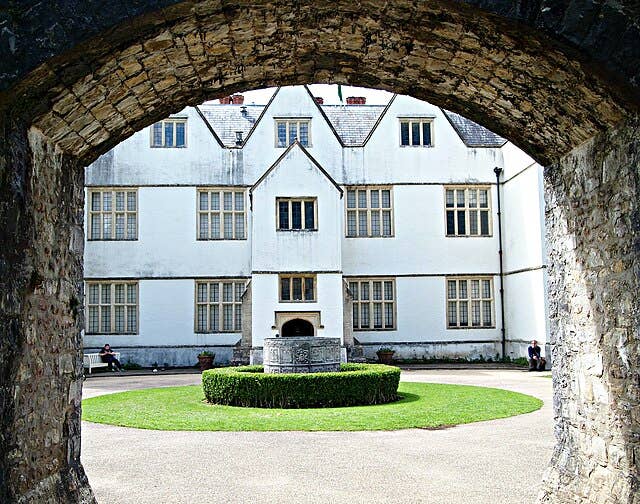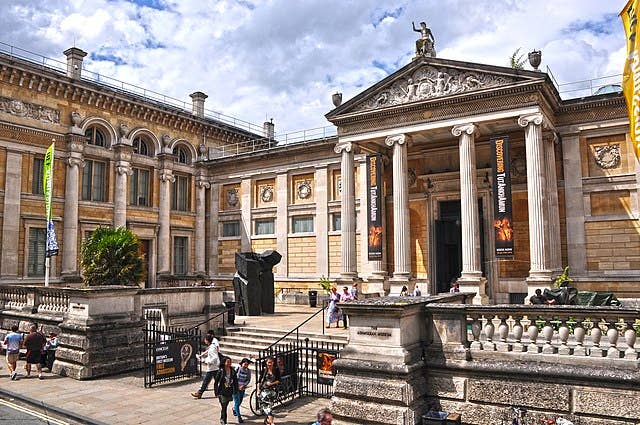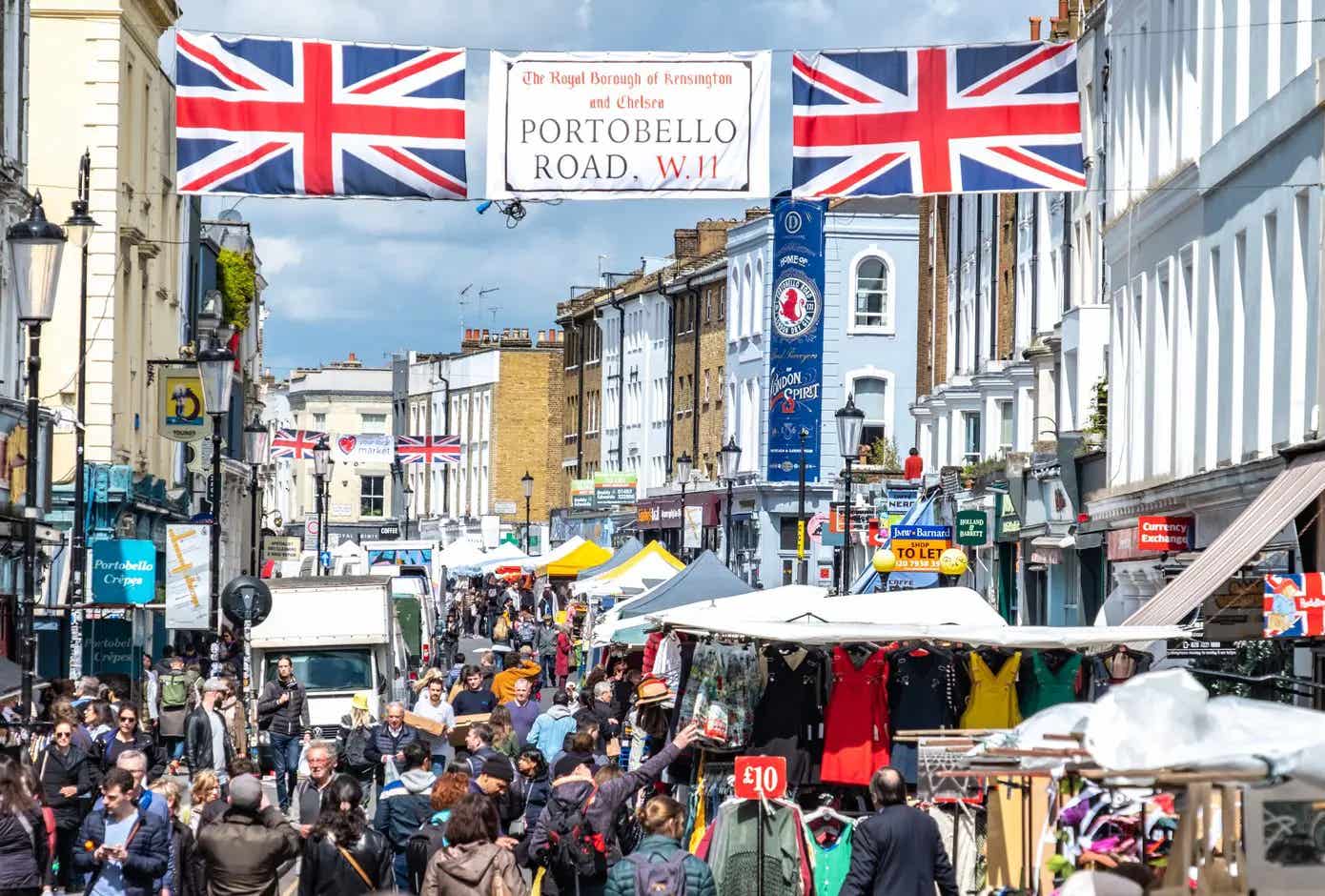‘Ship of Gold’ Exhibit an ANA Bourse Highlight
One could hardly walk the bourse of the American Numismatic Association’s World’s Fair of Money Aug. 16-20 and not notice the giant piece of machinery on display at the “Ship…
One could hardly walk the bourse of the American Numismatic Association’s World’s Fair of Money Aug. 16-20 and not notice the giant piece of machinery on display at the “Ship of Gold” sunken treasure exhibit. The display, jointly hosted by California Gold Marketing Group and Holabird Western Americana Collections, featured dozens of historic California Gold Rush-era artifacts from the 1857 sinking of the S.S. Central America.
And that giant piece of machinery? Its name is “Nemo,” and it is responsible for recovering the artifacts from the ocean floor. The 12,000-pound, remote-controlled submersible was used beginning in 1988. This was its first public display, having been stored in an Ohio warehouse since 1991.
Bob Evans, chief scientist on the recovery missions of the S.S. Central America, was on hand to share details with exhibit visitors. Descendants of Edward Hull, the ship’s purser, were also in attendance.
Artifacts on display ranged from money and gold to clothing and jewelry to everyday items brought on board by passengers and crew members.
The S.S. Central America sank 7,200 feet deep in the Atlantic Ocean off the North Carolina coast during a hurricane on Sept. 12, 1857. The tragedy took the lives of 425 of the ship’s 578 passengers and crew members. The loss of gold cargo was a major factor in the United States’ financial panic of 1857.








